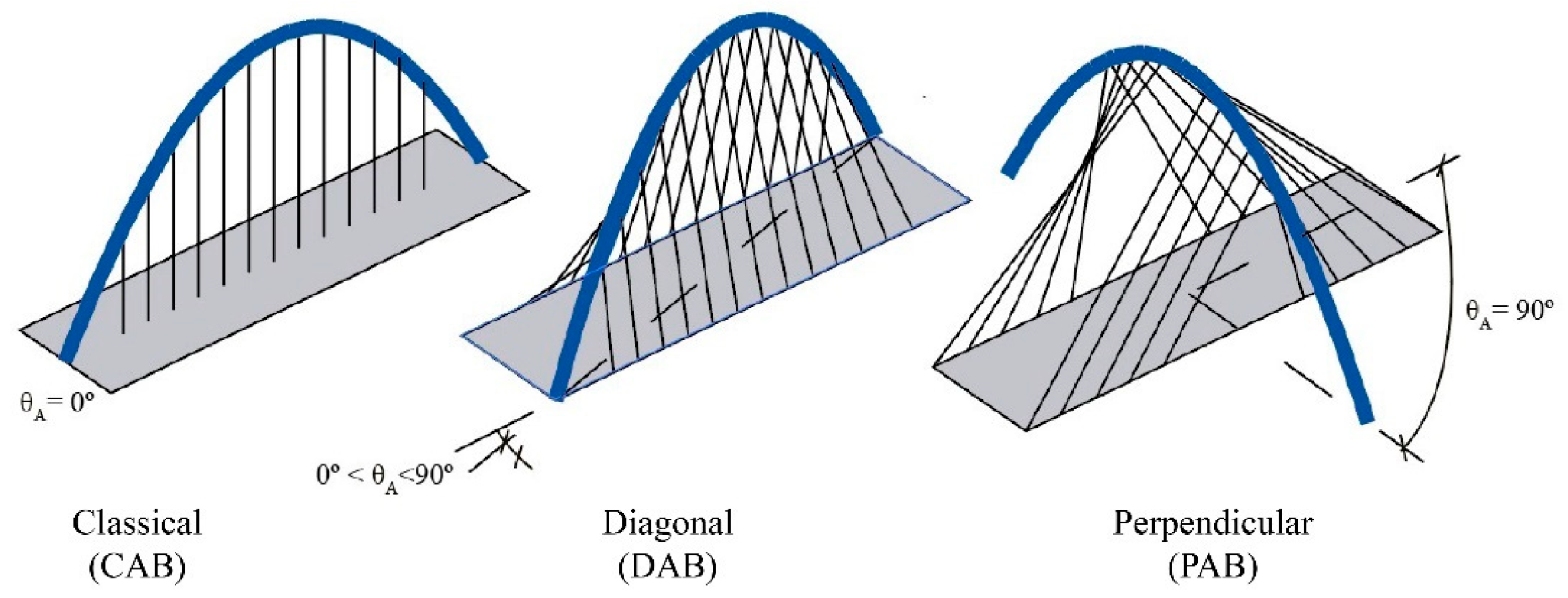
That would occur at that section if the loads carried by Point to the cable is equal to the bending moment The product of the horizontal component of theĬable tension and the vertical distance from the Weight of cable is negligible compared toĪt any point in the cable acted upon by vertical loads, Negligible and the original length is somewhat Internal forces always acts under tensionĬable is perfectly flexible. Such as suspension bridges, cable car systems

Support loads over long spans for structures Since there are no horizontal loads, horizontal reactions at A and B should be the same.May resist bending and shear depending on itsĭetermine the reaction components for the three. Neglect the self weight of the cable in the analysis. However dead weight of the cable is neglected in the present analysis.ĭetermine reaction components at A and B, tension in the cable and the sag of the cable shown inFig.5.7. However due to its own dead weight it takes a shape of acatenary. In such cases cable is assumed to be uniformly loaded.Ĭonsider a cable which is uniformly loaded as shown in Fig 5.4.ĭue to uniformly distributed load, the cable takes a parabolic shape.

The stiffened deck prevents the supporting cable from changing its shape by distributing the live load moving over it, for a longer length of cable. The bridge decks are suspended from the cable using the hangers. Otherwise if the total length of the cable is given then the required equation may be written asĬables are used to support the dead weight and live loads of the bridge decks having long spans. For example, if one of the sag is given then the problem can be solved easily. a total of ten equations and the required one more equation may be written from the geometry of the cable. From the geometry, one could write two force equilibrium equations (0,0= ? yxFF ) at each of the point and DCBA, Ei.e.

The four reaction component sat ACDEB and B, cable tensions in each of the four segments and three sag values: a total of eleven unknown quantities are to be determined. Let us assume that the cable lengths and sagat() are known. In the present analysis self weight is not considered.Ĭonsider a cable as loaded in Fig.5.3. If the weight of the cable is negligible as compared with the externally applied loads then its self weight is neglected in the analysis. It is subjected to axial tension only and it is always acting tangential to the cable at any point along the length. As they are flexible they donot resistshear force and bending moment. (vide Fig.5.1and 5.2).Īs stated earlier, the cables are considered to be perfectly flexible (no flexural stiffness) and in extensible. A cable may be defined as the structure inpure tension having the funicular shape of the load. It is easy to visualize that a cable hung from two supports subjected to external load must be intens cable. The shape assumed by aropeorachain (with no stiffness) under the action of external loads when hung from two supports is known as a funicular shape. In the following sections, cables subjected to concentrated load and cables subjected to uniform loads are considered. They are also used in electrical transmission lines and for structure supporting radio antennas.

Cables are mainly used to support suspension roofs, bridges and cable car system. Cables and fabric structures are deformable structures. However, it should be noted that deformations are stillsma ll. Unlike rigid structures, deformable structures undergo changes in their shape according to externally applied loads. Beams trusses and frames are examples of rigid structures. Rigid structures support externally applied loads without appreciable change in their shape (geometry). Structure may be classified into rigid and deformable structures depending on change in geometry of the structure while supporting the load. In the last few pages, two hinged arch and hinge less arches are considered. In the few previous pages, arches in general and threehingedarchesin particular along with illustrative examples are explained. In the few previous pages, cables subjected to uniform and concentrated loads are discussed. For long span structures (fore.g.in case bridges) engineers commonly use cable or arch construction due to their efficiency. Cables and archesareclosely related to each other and hence they are grouped in this course in the same module.


 0 kommentar(er)
0 kommentar(er)
